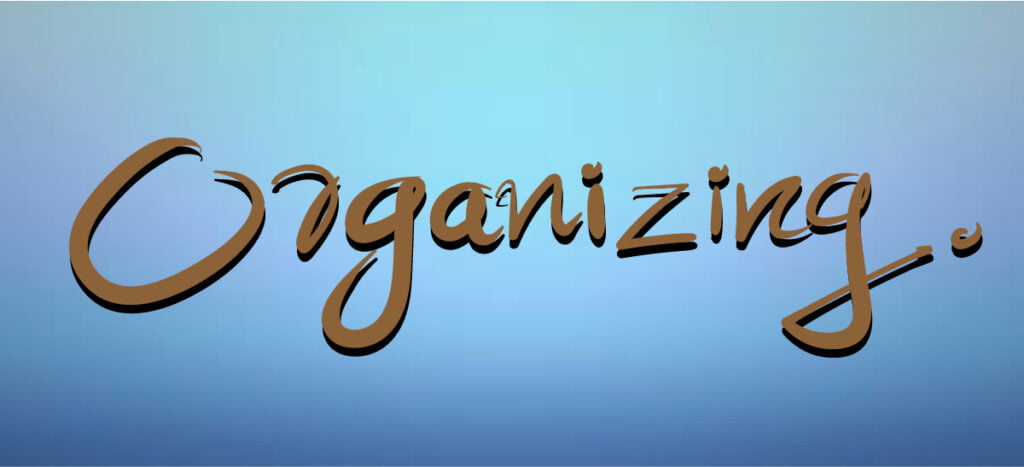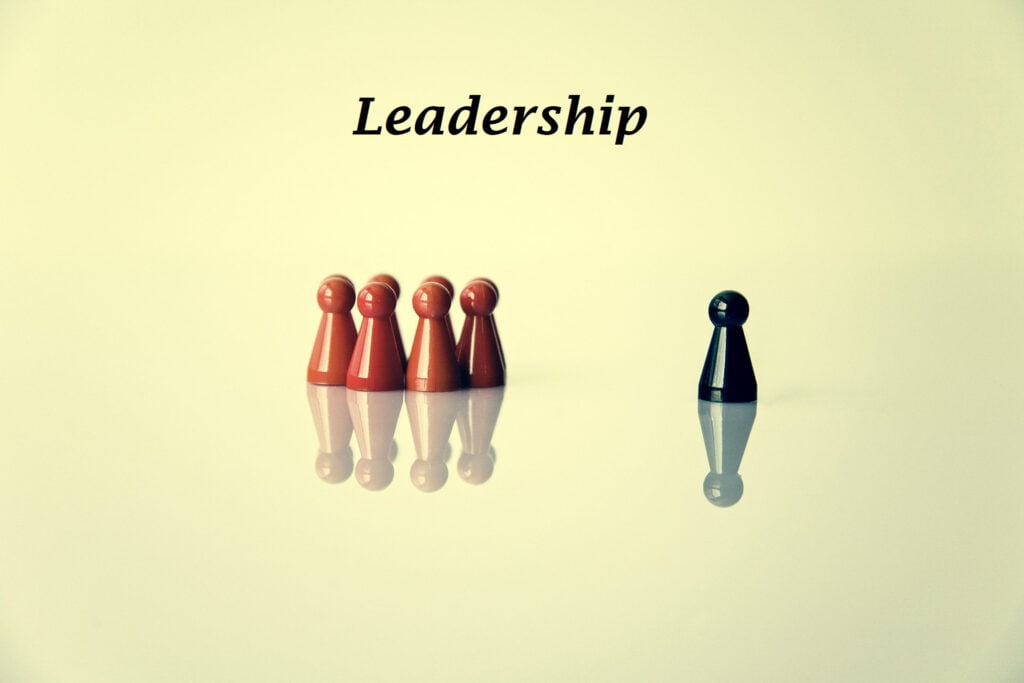[ad_1]
Building a Strong Community is essential for any organization or group. In this article, we will discuss the importance of community, how to build a strong community, and the key factors that contribute to a thriving community. From fostering relationships to creating a sense of belonging, we will explore the steps and strategies that can help in developing a strong and supportive community.
What is the importance of a strong community?
A strong community provides a sense of belonging and connection for its members. It creates a support system where individuals can lean on each other in times of need and celebrate together in times of success. A strong community fosters a sense of trust, collaboration, and teamwork, which can lead to increased productivity and overall well-being. Additionally, a strong community can help in creating a positive reputation for the organization or group, attracting new members and opportunities.
Building a strong community also has numerous benefits for the individuals involved. It provides a sense of purpose, belonging, and social support, which are essential for personal growth and development. It can also lead to increased self-esteem, confidence, and a sense of fulfillment. Ultimately, a strong community can have a positive impact on both the organization and its members, contributing to a healthy and vibrant environment.
How can you build a strong community?
Building a strong community requires a deliberate and strategic approach. One of the key factors in building a strong community is communication. Open and transparent communication fosters trust and allows for the sharing of ideas, concerns, and feedback. Creating opportunities for members to engage and collaborate is also essential. This can be done through events, workshops, or social activities that bring people together and encourage interaction.
Another important aspect of building a strong community is inclusivity. It’s important to create an environment where all individuals feel welcomed and valued. This means being mindful of diversity and inclusion, and ensuring that everyone has a voice and a place within the community. Providing support and resources for members is also crucial. Whether it’s mentorship programs, counseling services, or access to relevant information, offering support can help in creating a strong and resilient community.
What are the key factors that contribute to a thriving community?
There are several key factors that contribute to a thriving community. One of the most important factors is a shared sense of purpose and values. When individuals align with a common goal or vision, it creates a strong sense of unity and motivation. This can be achieved through clear mission statements, goals, and values that guide the community’s actions and decisions.
Trust and respect are also crucial for a thriving community. When there is mutual trust and respect among members, it creates a safe and supportive environment where individuals can thrive. This can be fostered through open communication, accountability, and the recognition of each person’s unique contributions. Lastly, a thriving community is characterized by a culture of collaboration and cooperation. When individuals work together towards common objectives, it leads to innovation, creativity, and a sense of achievement.
How can you maintain a strong community?
Once a strong community has been established, it’s important to maintain and nurture it. Regular communication and engagement are key to keeping the community connected and informed. This can be through newsletters, social media, or regular meetings where members can share updates and ideas. It’s also important to seek feedback and input from the community. This can help in identifying areas for improvement and ensure that the community’s needs and concerns are being addressed.
Creating opportunities for socialization and bonding is also important for maintaining a strong community. This can be through social events, team-building activities, or volunteer opportunities that bring people together. It’s also essential to recognize and celebrate the achievements and contributions of the community members. This can help in reinforcing a sense of appreciation and belonging among the members, further strengthening the community.
What are some common challenges in building a strong community?
There are several common challenges in building a strong community. One of the main challenges is overcoming barriers to communication and collaboration. This can be due to language barriers, cultural differences, or simply a lack of effective communication channels. Finding ways to bridge these gaps and create a sense of inclusivity can be challenging but essential for building a strong community.
Another common challenge is maintaining engagement and participation within the community. As individuals have different priorities and commitments, it can be challenging to keep everyone actively involved. Finding creative ways to engage and motivate the members, and providing opportunities for them to contribute and grow within the community, can help in overcoming this challenge.
Conclusion
Building a strong community is a worthwhile endeavor that can have a profound impact on the organization and its members. Through open communication, inclusivity, support, and collaboration, a strong community can be established and maintained. By recognizing and addressing the challenges, and focusing on the key factors that contribute to a thriving community, organizations and groups can create a positive and supportive environment where individuals can thrive and grow.
FAQs
1. How can I encourage participation within the community?
Encouraging participation within the community can be achieved through various means. Creating opportunities for engagement, providing clear communication, and recognizing and celebrating the contributions of the members can help in motivating individuals to participate actively.
2. What role does leadership play in building a strong community?
Leaders play a crucial role in setting the tone and direction for the community. Their ability to communicate effectively, make decisions that align with the community’s values, and foster a culture of inclusivity and collaboration can significantly contribute to building a strong community.
3. How can I address conflicts within the community?
Addressing conflicts within the community requires open communication, mediation, and a focus on understanding the perspectives of all individuals involved. Creating a safe and respectful environment for resolving conflicts is crucial for maintaining a strong community.
4. What are some effective ways to celebrate achievements within the community?
Celebrating achievements within the community can be done through public recognition, awards, or social events that acknowledge and appreciate the contributions of individuals. It’s important to create a sense of appreciation and belonging among the members.
5. How can I overcome diversity challenges in building a strong community?
Overcoming diversity challenges requires a commitment to inclusivity, empathy, and understanding. It’s important to create an environment where individuals from diverse backgrounds feel welcomed and valued, and to seek input and perspectives that represent the community’s diversity.
[ad_2]




